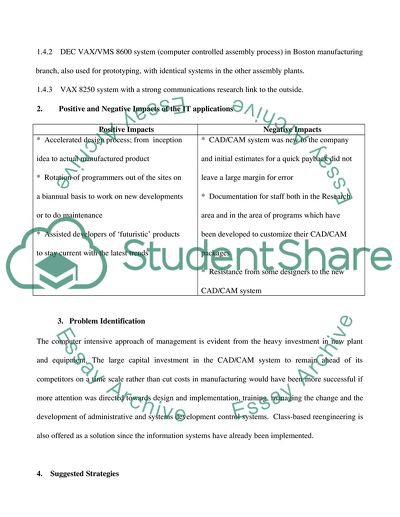Cite this document
(“The positive and negative impacts of an IT application within an Essay”, n.d.)
The positive and negative impacts of an IT application within an Essay. Retrieved from https://studentshare.org/information-technology/1534932-the-positive-and-negative-impacts-of-an-it-application-within-an-organisation
The positive and negative impacts of an IT application within an Essay. Retrieved from https://studentshare.org/information-technology/1534932-the-positive-and-negative-impacts-of-an-it-application-within-an-organisation
(The Positive and Negative Impacts of an IT Application Within an Essay)
The Positive and Negative Impacts of an IT Application Within an Essay. https://studentshare.org/information-technology/1534932-the-positive-and-negative-impacts-of-an-it-application-within-an-organisation.
The Positive and Negative Impacts of an IT Application Within an Essay. https://studentshare.org/information-technology/1534932-the-positive-and-negative-impacts-of-an-it-application-within-an-organisation.
“The Positive and Negative Impacts of an IT Application Within an Essay”, n.d. https://studentshare.org/information-technology/1534932-the-positive-and-negative-impacts-of-an-it-application-within-an-organisation.


